Kristina Vinogorodska
Your work explores the space “before form arises.” How does this idea influence your painting process?
This idea shapes the way I approach painting. I don’t start with an image — I start with a state of mind, like a musician tuning their instrument before playing. I enter a space of observation — of myself, of the atmosphere within, of something barely perceptible, like a faint outline on the surface of water.
I’ve always been fascinated by that moment — like the one in Dante’s forest — when you no longer know where the path will lead, but it’s already clear that turning back isn’t an option. It’s a transitional space — somewhere between sleep and awakening, between shadow and line.
I’m not trying to “fill” the canvas — I’m in conversation with it. I listen to the silence, the kind from which the first movements begin to emerge.
Sometimes I just touch the surface without painting. Like Paulo Coelho writes about signs — I wait for the first “yes” to appear, even if it’s just a shade, a gesture, a rhythm. In these moments, the form isn’t planned — it unfolds gradually, from within, like Cézanne’s slow approach to his subject, his feeling, his tone.
That’s why for me, painting isn’t about reproduction — it’s about exploration. I can begin with one impulse and end somewhere completely different. Like with Bach or Dalí — there’s order inside the chaos, and chaos inside the structure.
As Richard Bach once said, “We draw not to explain the world, but to keep being amazed by it.” I don’t try to provide answers — I offer a direction for feeling, so the viewer can hear what’s happening between the forms.
 Kristina Vinogorodska | Just Don’T Stop
Kristina Vinogorodska | Just Don’T Stop
You often use the metaphor of “the neck of the hourglass.” What does that symbol mean to you personally?
For me, the neck of the hourglass isn’t really about time in the usual sense. It’s that exact moment when potential begins to take shape. Everything narrows — gestures, decisions, lines. But paradoxically, it’s in that narrowing that the inner space feels widest. That idea has always fascinated me — the narrower the passage, the deeper the breath.
That moment feels incredibly focused — like finding the right note, the right word, the right stroke. Everything comes into a point, like a lens — but that lens opens up something much bigger. It’s like looking into depth through a narrow opening. There’s no chaos — only pure potential, waiting to become visible.
It’s a very subtle space — being “in between.” Not forcing form, but allowing it to be born when it’s truly ready. I try not to rush it. It almost feels like it breathes on its own. And often, that’s when something appears that I never could have planned — only discovered.
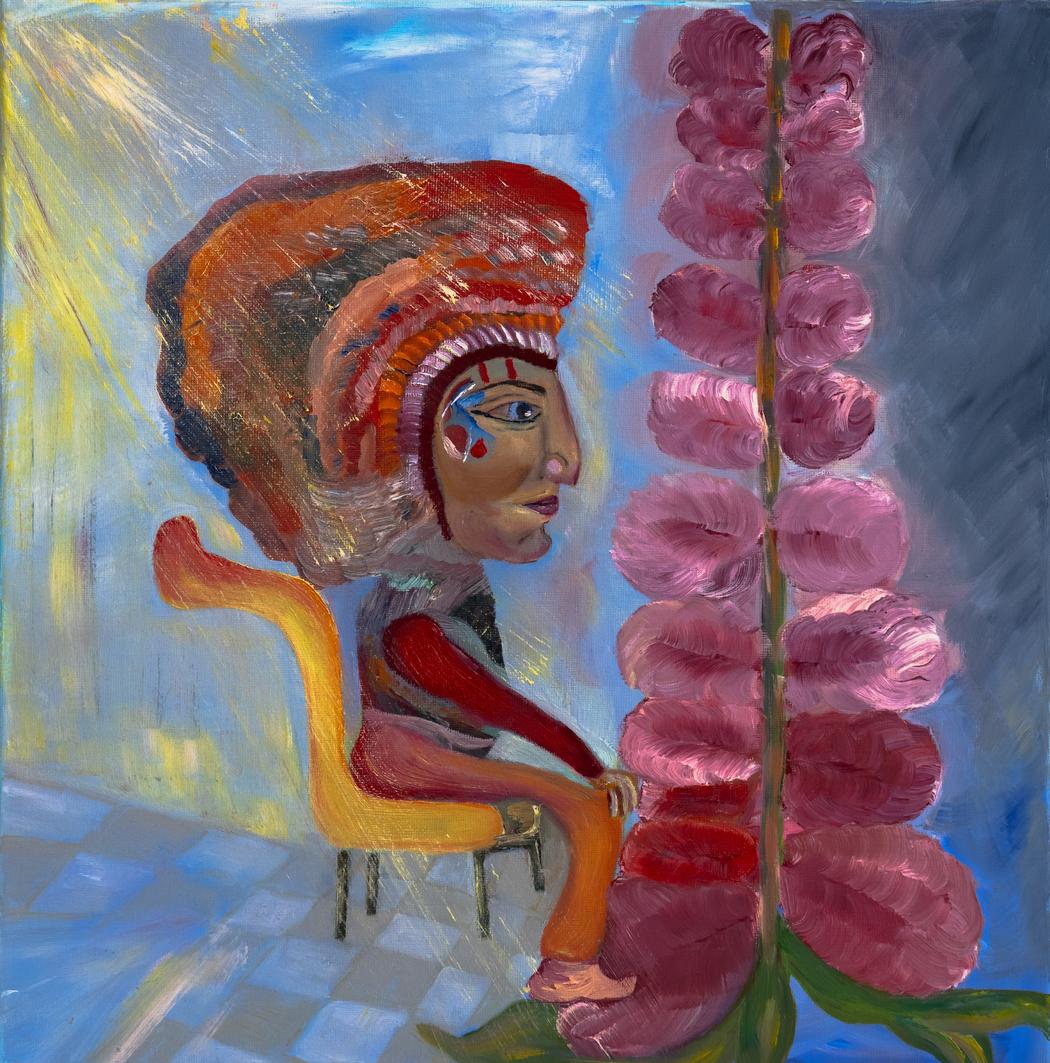 Kristina Vinogorodska | Observer
Kristina Vinogorodska | Observer
What kinds of emotions or inner states do you try to capture — before they take on recognizable form?
I’m drawn to the moment when someone is on the verge of making a choice — not where they used to be, but not yet knowing where to go next. It’s a delicate moment, filled with movement, doubt, anticipation. The space of possibility expands — and that can feel less like freedom and more like confusion.
I often see it in people physically — a pause, tension in the body, a gaze searching the air.
In my work, I try not to capture a decision already made, but to create space for what’s still forming. These states haven’t become clear images or actions yet — but they’re alive inside us. Jung might call them “the shadow”; for me, they’re simply parts of us that haven’t yet said, “this is who I am.”
Sometimes I feel like my paintings just give someone a chance to hear themselves — without pressure, without needing to get it right. It’s more like a warm, quiet “you can,” even if you haven’t figured out who you are just yet.
When someone says they’ve found something of their own in one of my works — that’s when I know the piece is doing what it needs to do.
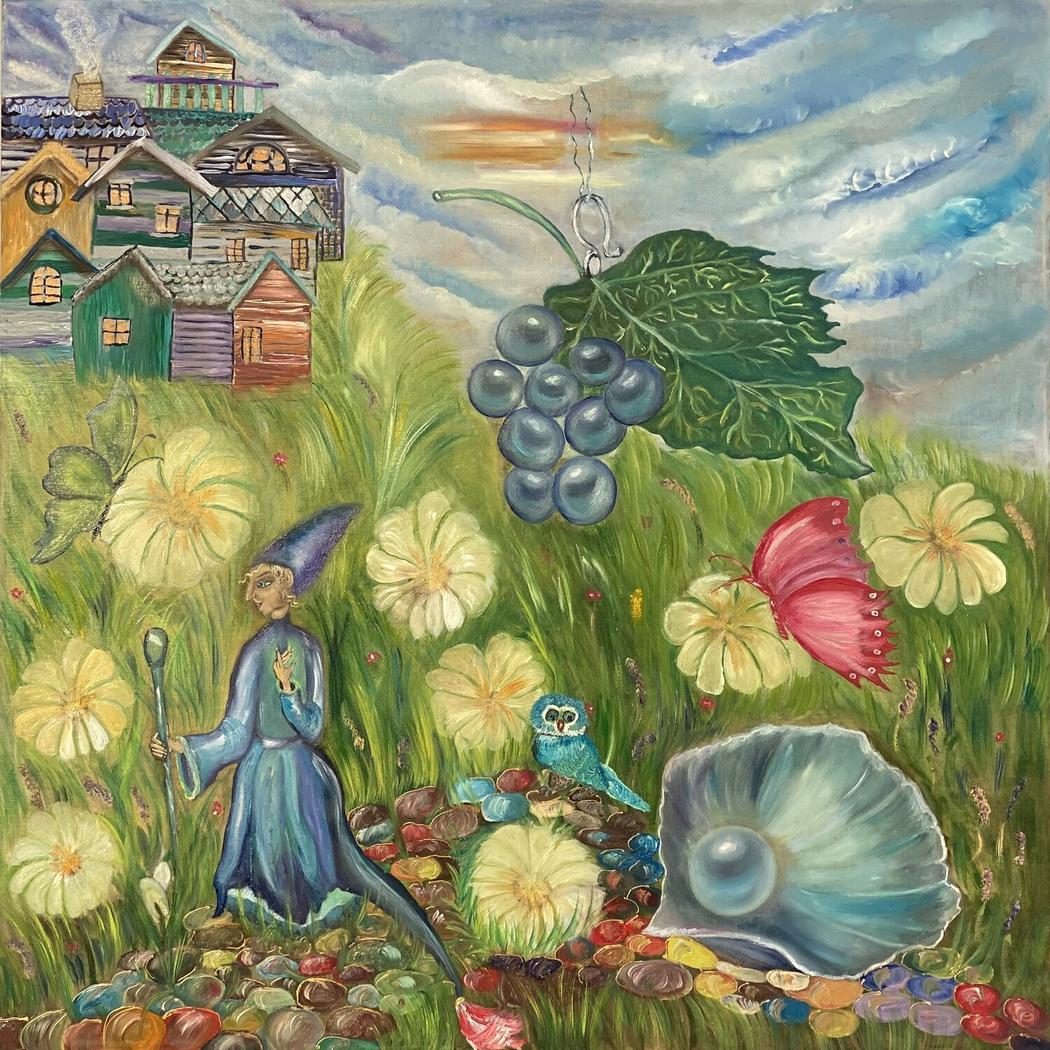 Kristina Vinogorodska | Pearl Seclusion
Kristina Vinogorodska | Pearl Seclusion
Your art has won awards and been exhibited internationally. How has that kind of recognition affected your creative journey?
I enjoy entering competitions — and yes, winning matters to me. There’s ambition in that, a bit of vanity too, and a genuine desire to be seen. I don’t hide it — in a healthy form, it gives me a huge amount of inner energy. Recognition, for me, isn’t just validation — it’s fuel. It pushes me to keep growing, to try more, to go deeper and reach higher.
Every exhibition, every award feels like a crossroads — a chance to pause, reflect, and then step into a new direction. I don’t want to repeat what already worked — I want to raise the bar, even surprise myself. In that sense, competitions give me structure and momentum. They’re part of the process — helping me stay in rhythm, keep moving, stay in the game.
What I love most is that recognition sparks new conversations. But at the heart of it, it’s always a conversation with myself: Who am I now? And who could I become next?
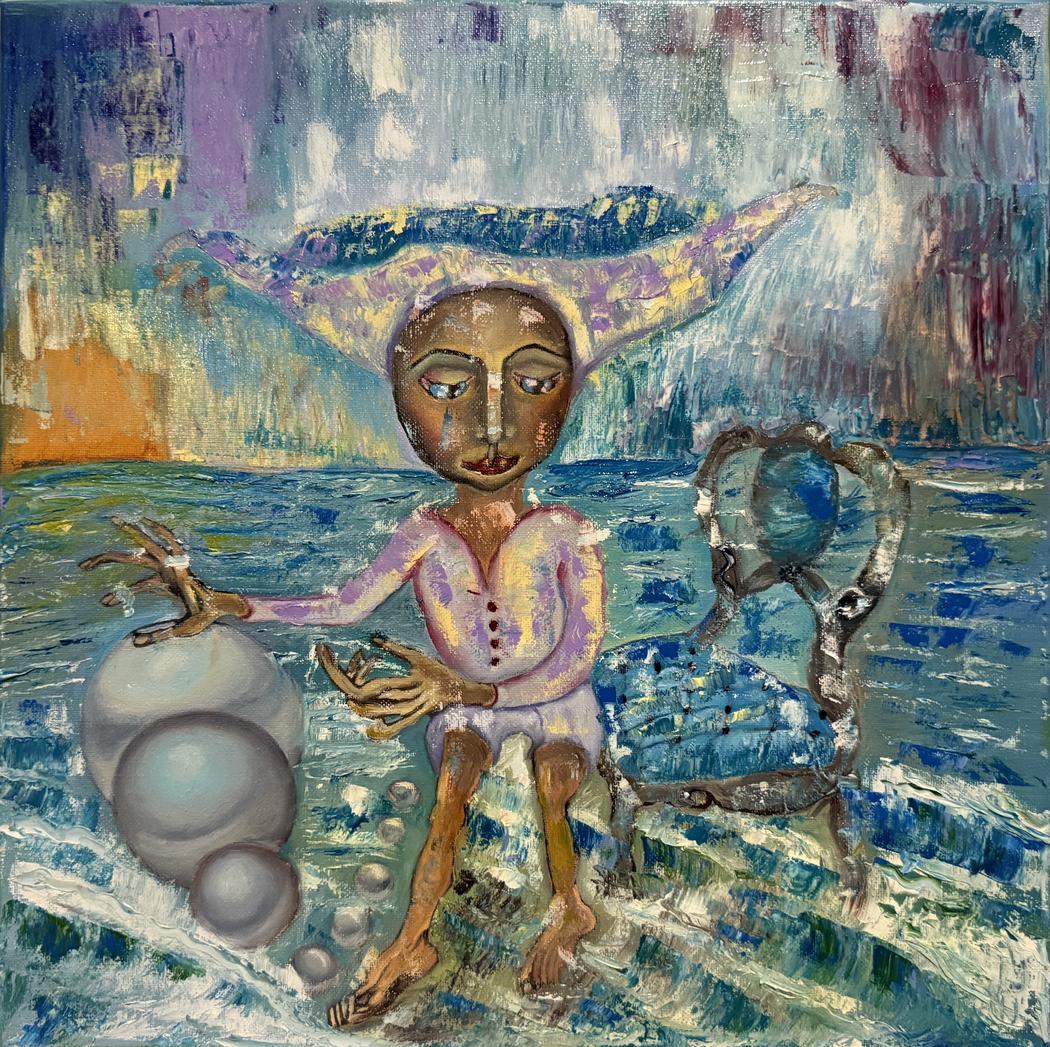 Kristina Vinogorodska | Spheres
Kristina Vinogorodska | Spheres
Your use of symbols feels both playful and profound. Do you begin a piece with specific symbols in mind, or do they appear intuitively?
Usually, symbols appear during the process — not from thought, but from experience. I don’t sit down thinking, “Today I’ll paint inner transformation using a circle and a ladder.” It’s more a feeling that arises in motion. Sometimes I don’t even realize I’ve used a symbol — it just felt right physically.
I don’t treat symbols as fixed or static. They’re alive. A circle might mean wholeness one day, and enclosure the next. A symbol breathes with context. I like playing with that — blending archetypes with personal stories, or with a bit of irony and subtle shifts in meaning. Sometimes I place a symbol and only later understand why it belongs.
I read a lot, and images from literature, music, and philosophy pass through me like filters. But the final decision is always intuitive. If a symbol finds its place — it sings. If it doesn’t, it fades.
It’s like music — you can know all the notes, but what matters most is hearing the right one.
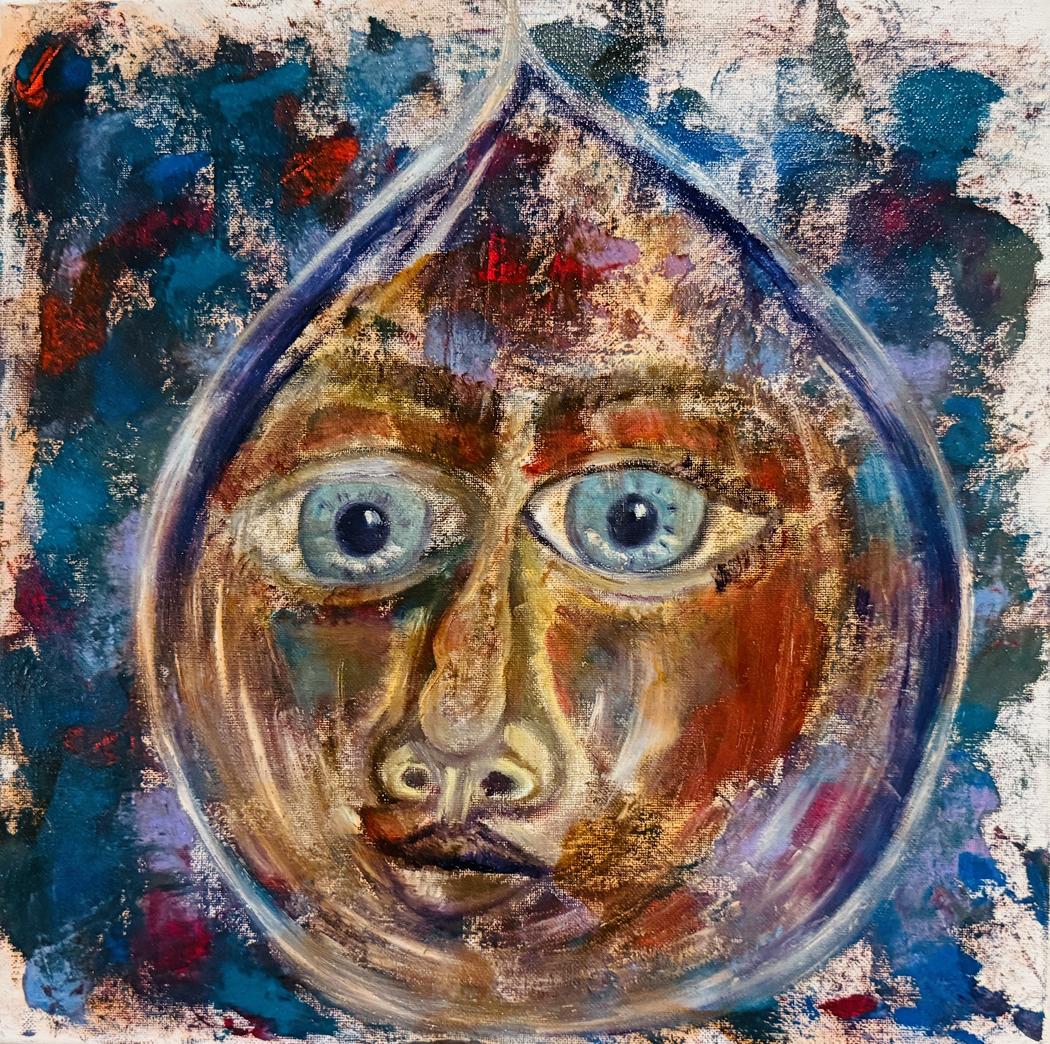 Kristina Vinogorodska | Dubai Rain Droplet
Kristina Vinogorodska | Dubai Rain Droplet
Some of your recurring motifs include the chessboard, the unicorn, and the sphere. What do these mean to you?
They’re like landmarks I return to again and again — ways of looking at how people move through life, how they choose, how they orient themselves internally.
The chessboard is about the game — life as a game, and the importance of staying in it. Not burning out, not opting out, but staying engaged, curious, present. Yes, there are rules — like in any system — but within them, there’s always freedom of movement. And in that infinite variety of possible moves, creativity is born. I really connect with that philosophy: not fighting the rules, but working within them to find something surprising and alive.
The unicorn is about a person’s uniqueness — and the courage to live it. It represents that authentic potential that lives in each of us. Sometimes it’s fragile or hidden, buried deep. But when someone finds themselves — in their work, in love, in any choice — it’s always a meeting with that inner unicorn.
I hope my paintings give people space to experience that moment.
The sphere is about inner balance. No edges, no start or finish. It’s a kind of calm — not passive, but fully present. Sometimes it appears on the canvas as a kind of necessity — a pause between movements.
These motifs don’t come from a system — they come from sensation. And each time they appear, they mean something slightly different. Because I’m always changing too.
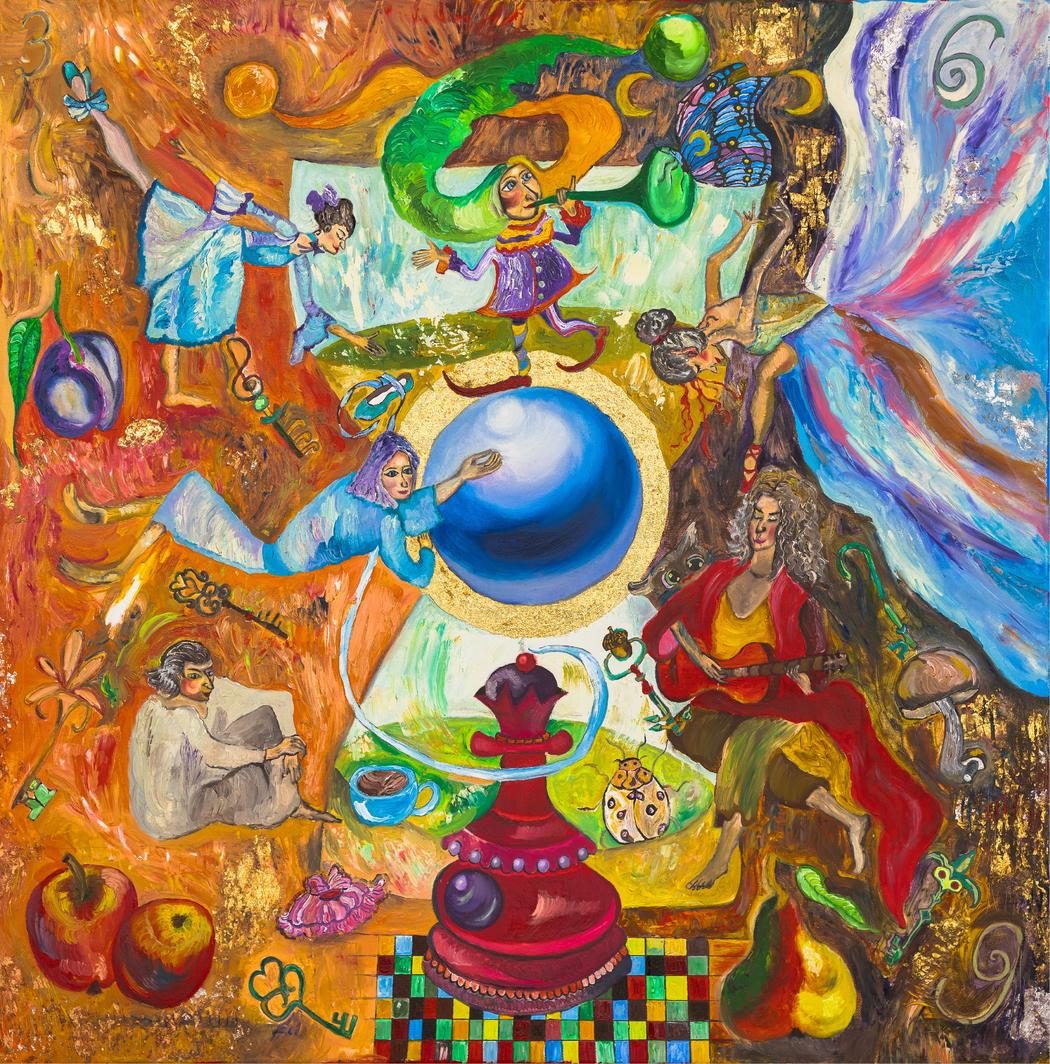 Kristina Vinogorodska | Everlasting Now
Kristina Vinogorodska | Everlasting Now
You describe your art not as image, but as “the breath in between.” What do you hope people feel or discover when they look at your work?
I want people to pause. To really look. Because when they do, something begins to shift.
My paintings aren’t meant to just decorate a space — they’re meant to tune it. Whether it’s a home, an office, or a gallery, I want the work to interact with the environment and the person inside it.
I hope that when someone looks at a painting, they feel: “I’m in the game.” The game of life — with its rhythm, its challenges, its questions. My paintings don’t soothe — they activate. It’s like an invitation: Look — you’re already here, already part of this, already choosing. And you can go even further. Feel more. See more clearly. Hear more deeply.
Sometimes the images seem to extend beyond the canvas — they begin to shape the space around them. They open up more air, more movement, more freedom to be yourself.
And if someone finds their place in that space — then the game goes on.

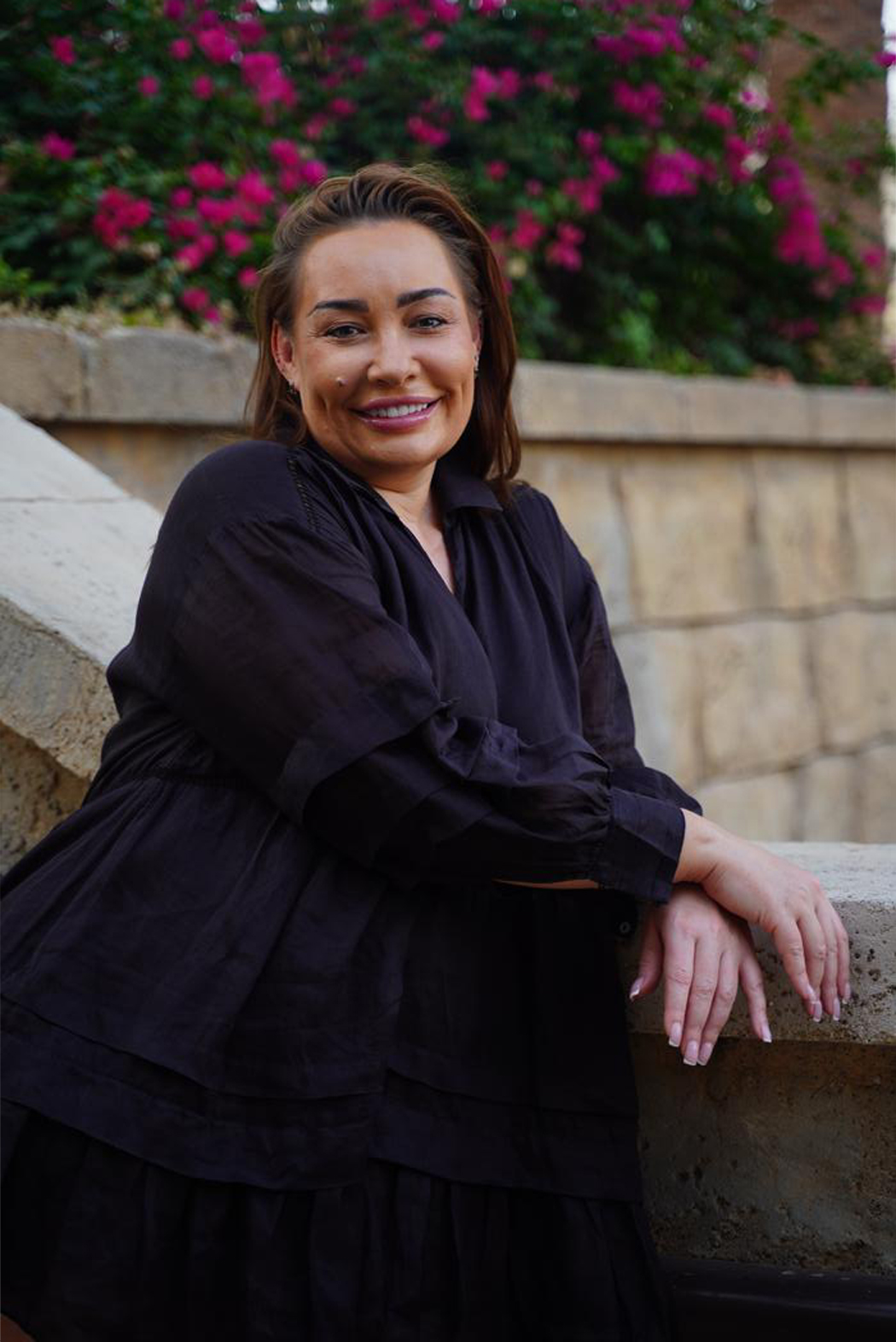
Leave a Reply